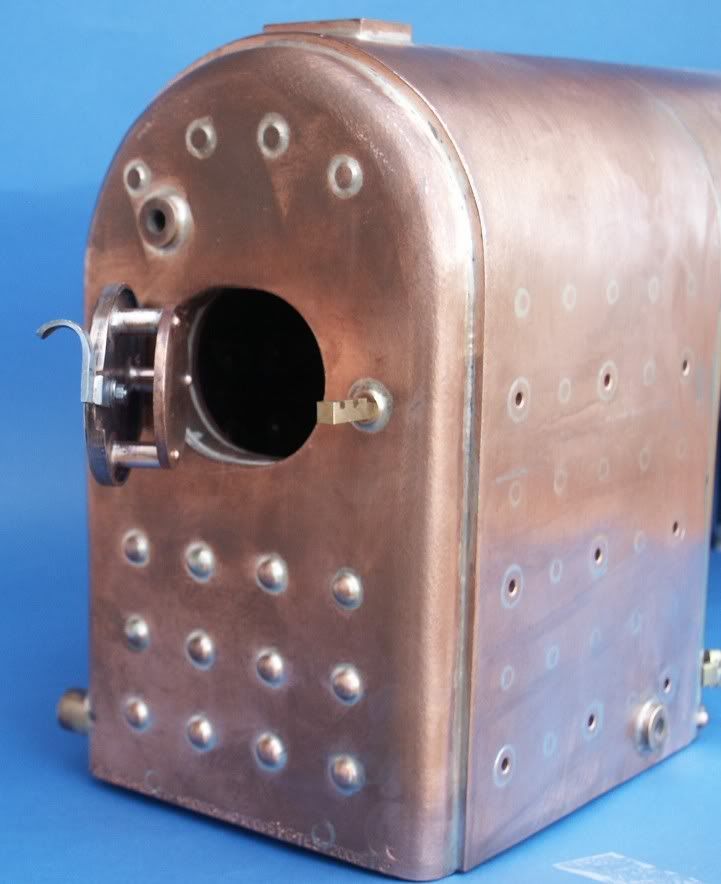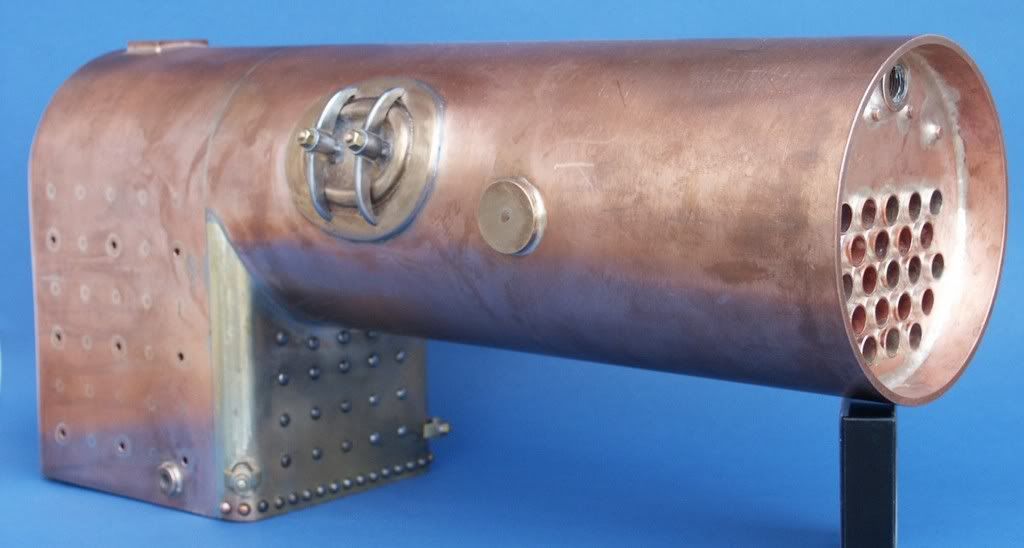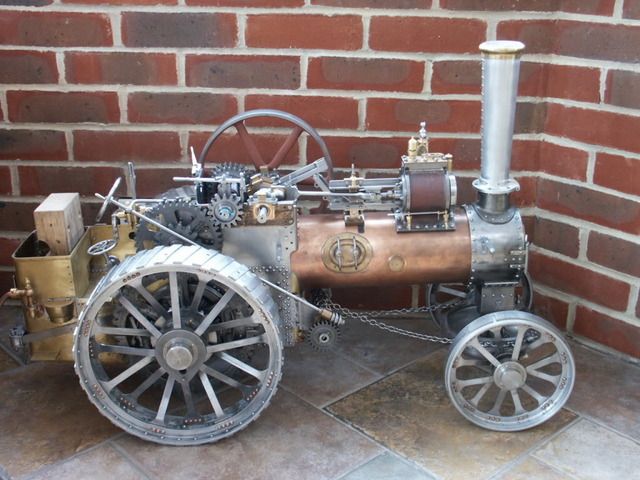sunworksco
Rocket Man
- Joined
- Nov 20, 2010
- Messages
- 242
- Reaction score
- 13
I'm getting ready to build a 7.5" diameter x 4.5" height all-copper boiler.
The wall thickness will be 1/8" and the working steam pressure of 150psi.
Will I need any stays? ???
I'm going to roll copper plate to form the tank shell and copper rivet the seam together then silver solder the overlapping seam.
Thanks,
Giovanni
The wall thickness will be 1/8" and the working steam pressure of 150psi.
Will I need any stays? ???
I'm going to roll copper plate to form the tank shell and copper rivet the seam together then silver solder the overlapping seam.
Thanks,
Giovanni

























![DreamPlan Home Design and Landscaping Software Free for Windows [PC Download]](https://m.media-amazon.com/images/I/51kvZH2dVLL._SL500_.jpg)














































